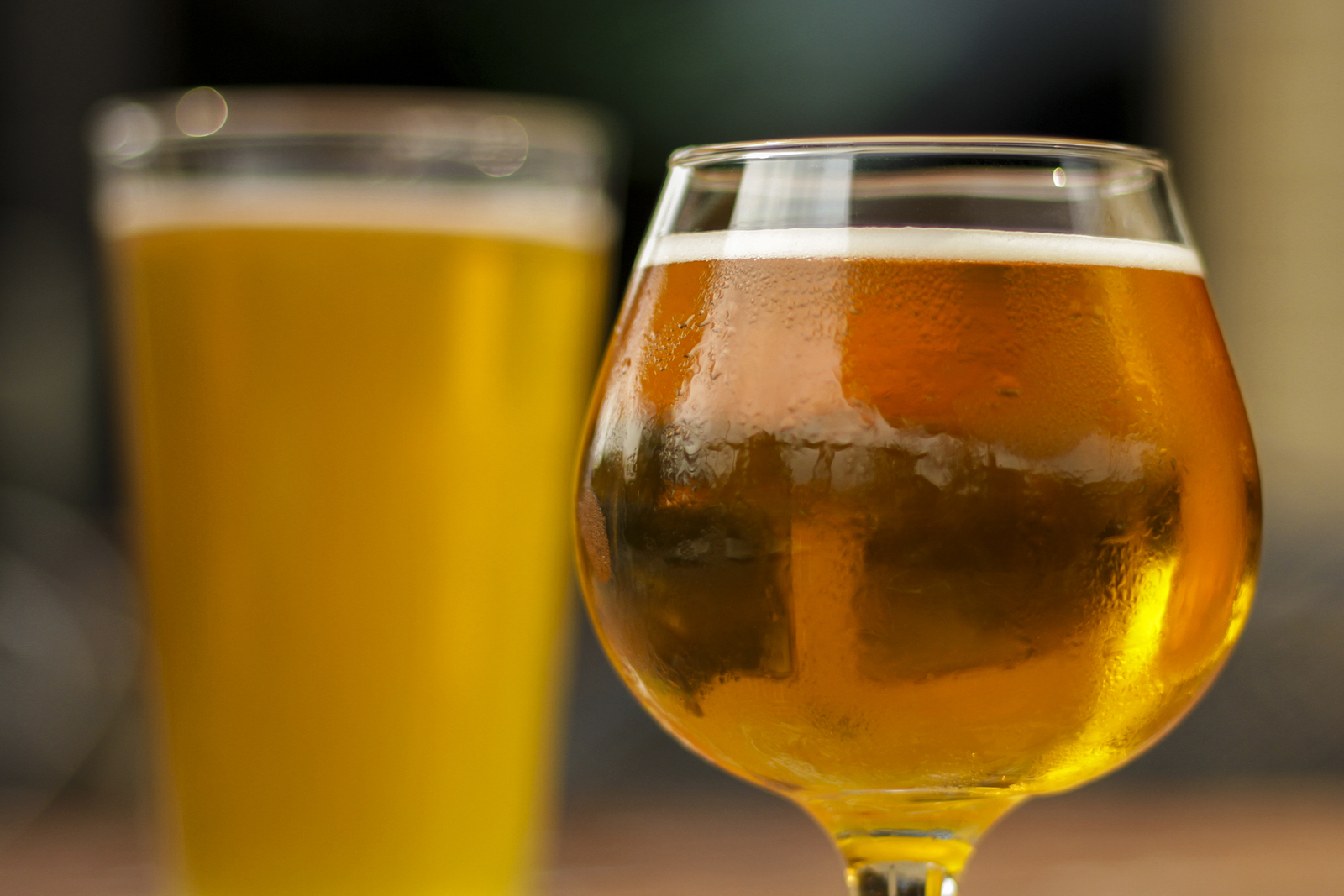Jim Koch’s alarmist take in the New York Times fueled fears about the future of craft beer.
(You can see our rejoinder here.)
Though his warning garnered the most attention, Koch’s not the only one who has been expressing concerns. For instance, some craft leaders shared predictions of trouble ahead at the recent Meeting of the Malts, as reported by Beer Marketer’s Insights.
Eric Wallace of Left Hand Brewing said “a reckoning is coming,” while John Marrino of Olde Mecklenburg Brewery alluded to a coming trainwreck. Eric Ottaway of Brooklyn Brewery stated, “No question there is a shakeout in craft happening at every level.”
You get the point.
To get a better understanding of what’s happening we dug into some Nielsen data, which show that craft volume is down 0.6 percent year to date. Some takeaways:
- The craft beer slowdown is real, and it’s been building momentum for years.
- The slowdown is being driven in part by changing consumer behavior.
- New items are carrying diminishing returns.
First, craft case volume growth has been declining for three years. While once it was growing at a mid- to upper-double digit clip, by the end of 2016 the rate had slowed to the low single digits, according to Nielsen total U.S. grocery data.
The peak occurred during the 13 weeks ended Feb. 22, 2014, when craft grew 18 percent over the prior year, according to Nielsen. During the 13 weeks ended Dec. 3, 2016, it grew only 1.6 percent.
And it’s not a case of craft having trouble lapping big numbers. Actual case volume growth has been declining consistently since 2013. For example, craft grew more than 2 million cases during that peak period in 2014; in the 2016 period it added only 261,000.
What’s the cause?
The craft beer slowdown has been driven by changing consumer behavior. High on the list: Craft isn’t attracting new drinkers at the rate it once did.
Over the course of the craft growth cycle, craft routinely brought new and incremental buyers into the beer category. But over the last year we’ve seen a 7.3 percent decline in new buyers and a 1-point decrease in incremental buyers driven by craft, according to Nielsen Homescan data.
Though craft has healthy household penetration — 16.9 percent —not many additional households are buying the category versus the prior year. Also, buy rate and frequency are flat, meaning current craft shoppers are not buying more or making more trips for craft packages.
Meanwhile, while the number of new U.S breweries has grown rapidly — 5,301 in 2016 compared with more than 1,500 in 2001, according to the Brewers Association — the hit rate for new items is going in the other direction.
Successful new items (measured against a low benchmark of $1,000 in latest 52 weeks) dropped by 21 percent to 1,322 in 2016, according to Nielsen. Furthermore, craft has reached a saturation point, as additional items are now cannibalizing rather than incrementally growing the craft beer segment, according to a Nielsen Assortment Study.
Finally, Nielsen data show that 63 percent of craft items declined versus the year before.
So what does it all mean? As we (and many others) have previously observed, craft isn’t going away. It might grow at a slower rate, the players will change and local and hyperlocal players will challenge regional and national craft brewers. Craft will continue to be a driver in the U.S. beer business.
A changing opportunity
But brewers will need to think about the opportunity differently — and that’s already starting to happen.
Anheuser-Busch has overhauled its Shock Top lineup, for instance. New Belgium Brewing, which is growing thanks to its Voodoo line, will be introducing a Belgian White variety of Fat Tire as a special release, according to Craft Business Daily.
MillerCoors, for its part, has a two-pronged strategy. First, it's invested in regional craft brewers that have a demonstrated ability to build brands — Saint Archer, Terrapin, Revolver and Hop Valley.
Second, it plans to lean into the core strengths of its leading national crafts. For Blue Moon Brewing Co., that means focusing on wheat. For Leinenkugel’s, that means leading with Shandy. (Year-to-date, Blue Moon franchise volume was down 2.5 percent while Blue Moon Belgian White was up 3.8 percent. The Shandy franchise was up 12.5 percent.)
Craft beer will be a key driver for the business moving forward. But its future development will no doubt look very different from its past.

